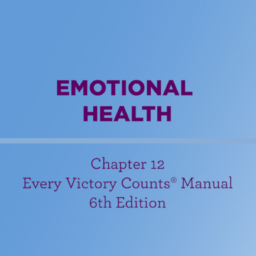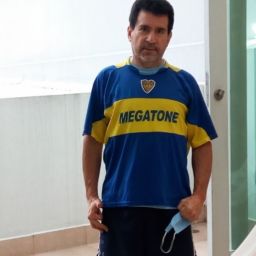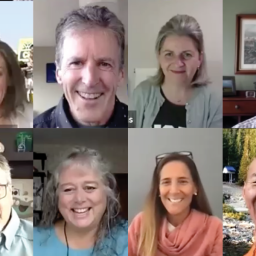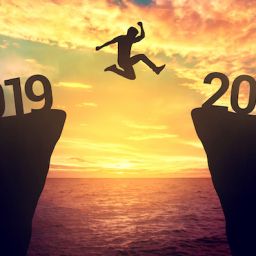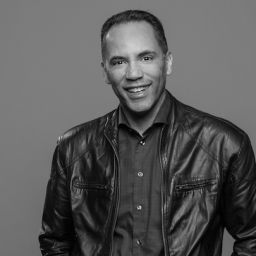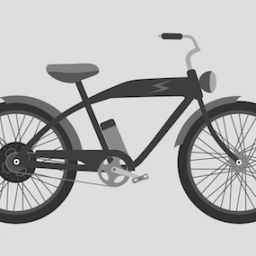A few days ago our Executive Director, Polly Dawkins, told me about a book reading she’d been to in Taos. She said, “You’ll want to read this.” An hour later, I was knee deep in the story and didn’t want to put it down.
Later that day I reached out to the author, Robert J. Silver, and set up an interview. Here’s what he had to say.
When were you diagnosed, and what was that experience like for you?
When I was first diagnosed 13 years ago, I pressed my neurologist to tell me what my life would be like. He said, “In a dozen years, your life will be grim.”
That’s not exactly what I was expecting; however, in fairness to him, that had been his experience to date. I just knew that while that might be the case for many, I was going to do my best to write a different story. Thirteen years later, I’m glad to say that’s exactly what I’ve done.
The reality for me is that Parkinson’s is chronically inconvenient and a persistent pain in the ass. However, at 75 years old, nearly everyone I know has something nagging at them every day. I’m one of the lucky ones. I can still have a meaningful and active life with Parkinson’s. At least for now. I can’t say the same about friends who have diseases they’re suffering with and will probably die from. That helps me keep things in perspective.
What’s the story behind the story? How did Keepin’ On come to be?
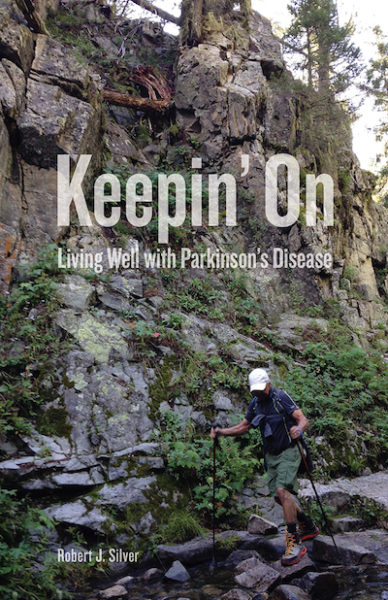 Initially, I had refused to write about my life with Parkinson’s. If you write about something, you have to think about it, and the last thing I wanted to do was give Parkinson’s any more space in my consciousness. It was intrusive enough already.
Initially, I had refused to write about my life with Parkinson’s. If you write about something, you have to think about it, and the last thing I wanted to do was give Parkinson’s any more space in my consciousness. It was intrusive enough already.
That all changed one Father’s Day when I hiked up to Williams Lake with some friends. At the end of the hike, we stopped at the base area to grab a bite. A couple walked in, and I knew immediately the man had Parkinson’s. When he left for a moment, I said to his wife, “Is your husband a member of my club?” She gave me a knowing smile and confirmed my suspicion.
When her husband returned to the table, we began talking and discovered we’d had several of the same doctors. I told him since I’d moved from Texas I’d found a great neurologist and movement disorders specialist in Albuquerque and recommended he reach out to her. During that discussion, I discovered how mutually useful it was to be able to help someone and simultaneously help myself. That’s when I realized I had a moral obligation to write about my journey.
I resisted writing about Parkinson’s for so long, but once I did, the process came packed with many unanticipated gifts, along with the predictable binds and grinds. I’m so grateful to that couple for becoming the catalyst for this unexpected writing adventure.
What are some ways that you participate in the Parkinson’s community?
I’m very active in our monthly support group in Taos, and I go to conferences and talks whenever I get the chance. I went to The Victory Summit® event in Durango last year, and it was far and away the best event on Parkinson’s I’ve ever attended. I was blown away by the people, the speakers, the entire experience. I think everyone who is touched by Parkinson’s should go to one of these events.
Informally, I also get calls from people far and wide who want to talk to me about my experience. Having this book has given me a platform and made it possible for me to touch so many more people than I ever imagined.
What is the best piece of advice you’ve ever been given? How does it relate to your life with Parkinson’s?
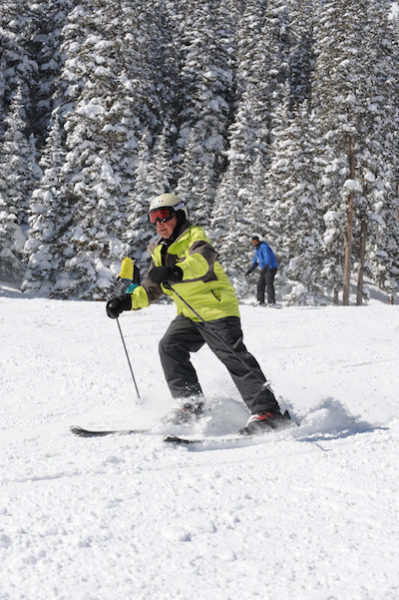
If exercise were a pill, it would be considered a miracle drug. This has indeed been true for me.
From the moment of my diagnosis, I understood that staying active would be critical to warding off a “grim” reality. Therefore, I still ride my bike, snowshoe and ski every chance I get. My wife, Dianne, and I have summited Wheeler Peak, the highest mountain in New Mexico at 13,161 feet, twice in the past three years. I also go to boxing class once a week and practice on the “heavy” and “speed” bags I have in my garage on a regular basis. All of the activity seems to slow the progression of my symptoms and probably keeps me emotionally steady.
What are you looking forward to now?
I’m excited to get the book into as many hands as possible and use it to raise funds for Parkinson’s. And to help as many people as I can who are traveling a similar path.
Where can people buy your book?
Right now you can buy the paperback on Amazon and from the publisher Nighthawk Press. Soon the Kindle version will be available, and I’m working on an audio version for those who prefer to listen instead. All proceeds go to benefit The Michael J. Fox Foundation, Salk Institute for Biological Studies and the Davis Phinney Foundation for Parkinson’s.
If you happen to be in Taos, I’ll also be doing another reading at Op.Cit. on Saturday, April 7, 2018, at 1:00 p.m.
WANT MORE IDEAS ON HOW TO LIVE WELL WITH PARKINSON’S?
Much more can be found in a powerful new edition of Davis Phinney Foundation’s free Every Victory Counts® manual. The Every Victory Counts manual gives people living with Parkinson’s, their care partners and their family members the tools they need to take control of their own Parkinson’s treatment through a proactive approach to self-care.
It’s jam-packed with up-to-date information about everything Parkinson’s, plus an expanded worksheets and resources section to help you put what you’ve learned into action. Color coding and engaging graphics help guide you through the written material and point you to complementary videos, podcasts and other materials on the Every Victory Counts companion website. And, it is still free of charge thanks to the generosity of our sponsors.
Request your copy of the new Every Victory Counts manual by clicking the button below.



